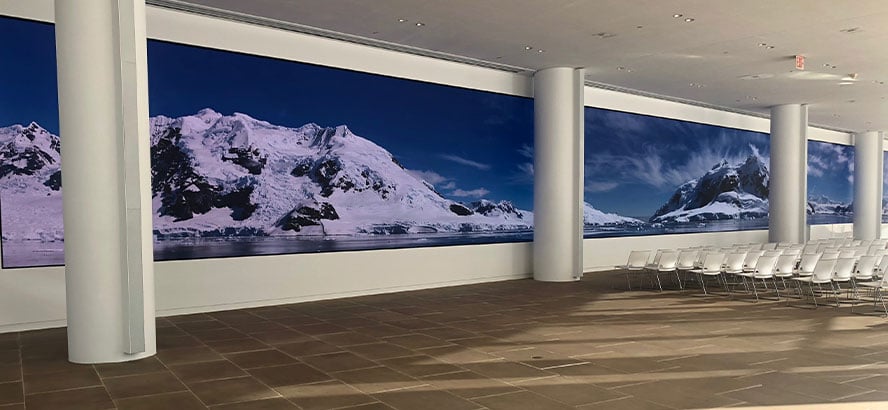Investigating the Crucial Factors That Influence Hue Uniformity in LED Panel Panels for Optimal Display Performance
Investigating the Crucial Factors That Influence Hue Uniformity in LED Panel Panels for Optimal Display Performance
Blog Article
Hue consistency in LED wall screens is essential for achieving optimal visual output. light-emitting diode wall panels are widely used in various environments, including musical events, conferences, and promotional showcases. When the hues on these panels are consistent, they create a more captivating and enveloping encounter for audiences. Several key factors influence color consistency, including the caliber of the light-emitting diode elements, tuning processes, and environmental conditions.
The caliber of the light-emitting diode elements plays a major role in color consistency. Different types of LEDs produce light at different frequencies, which can influence the total color output. High-quality LEDs are designed to produce a more uniform light spectrum, resulting in better color precision. Additionally, the production method of these light-emitting diodes can affect their functionality. Screens made with high-grade materials and technology tend to have fewer color variations, ensuring that the displayed images and videos look vibrant and true to life.
Tuning is another essential element in preserving color consistency in light-emitting diode wall screens. Calibration entails modifying the settings of the panel to make certain that the hues displayed match the desired appearance. This process can consist of adjusting brightness, contrast, and hue equilibrium. Regular calibration is essential, especially in environments where lighting factors vary frequently. By calibrating the screens, specialists can correct any discrepancies in color result, resulting to a more uniform viewing encounter.
Surrounding conditions also affect hue uniformity in light-emitting diode wall panels. Factors such as surrounding light, heat, and humidity can influence how colors are seen. For example, bright ambient light can dull hues, making them appear less vibrant. Similarly, harsh heat can influence the performance of the LEDs, resulting to hue changes. To mitigate these issues, it is essential to place LED wall screens in managed environments where lighting and temperature can be controlled efficiently.
Lastly, the design and layout of the LED wall screens can affect hue uniformity. The arrangement of the screens, as well as the spacing from which More Info they are observed, can create variations in color perception. When panels are arranged too distant apart or at varied angles, viewers may notice inconsistencies in hue. To achieve the best visual performance, it is important to take into account the positioning and arrangement of the screens during installation. By addressing these factors, users can ensure that their light-emitting diode wall screens provide a uniform and superior visual experience.